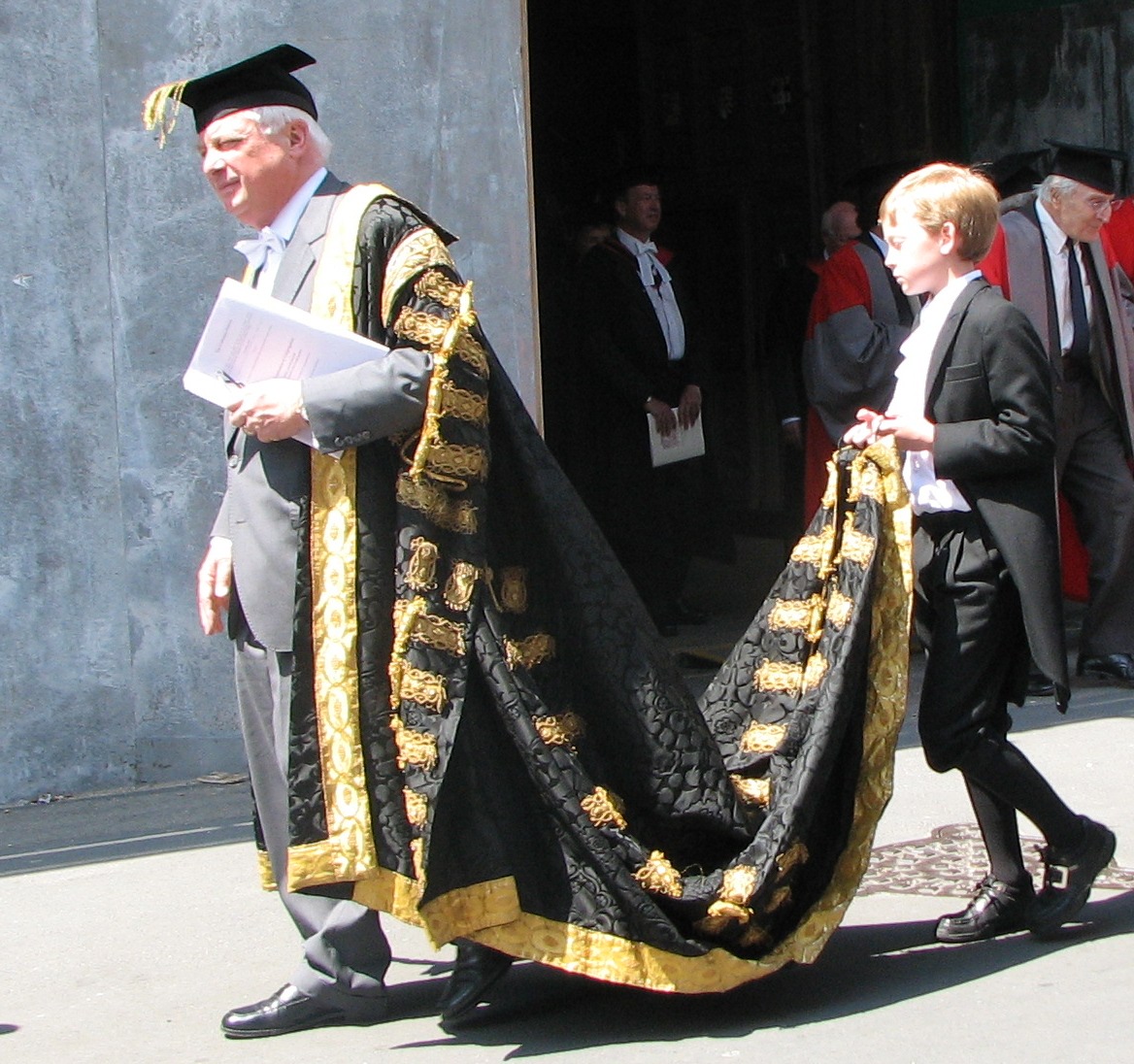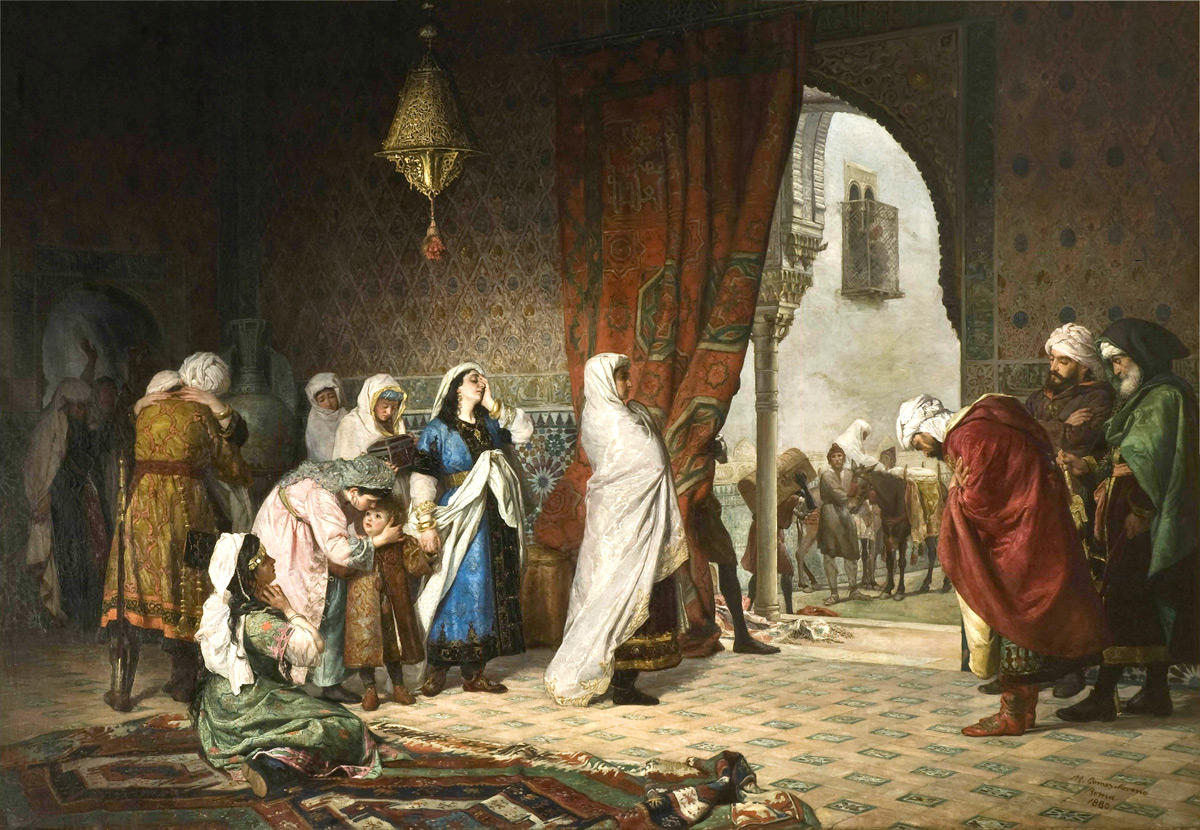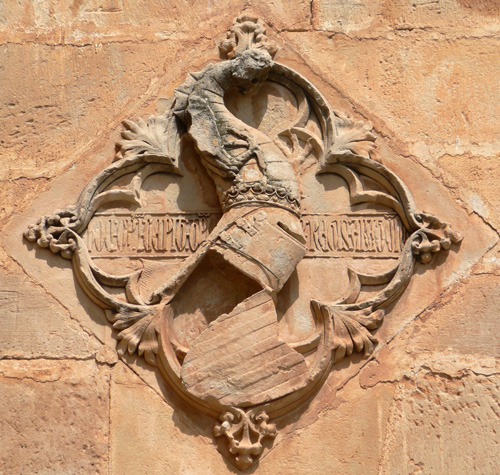|
Doncel
''Doncel'' was a court appointment in the Crowns of Castile and Aragon during the Late Middle Ages. It was bestowed upon youth from noble families, prior to knighthood. ''Donceles'' worked alongside other ''pajes reales'' ( royal pages) as royal servants and received training by the ''Alcaide de los Donceles''. One of the most famous ''donceles'' was Martín Vázquez de Arce, known as the ''Doncel de Sigüenza'', who was page to Diego Hurtado de Mendoza, 1st Duke of the Infantado and died during the Granada War. Donceles lived in the Royal household during their adolescence. In the court of Peter IV of Aragon in 1356 there were 110 donceles of noble origin (Aragonese, Catalan and Valencian). In the Crown of Castile there were both noble ''donceles'' and other ''pajes'' and ''criados'' who were often not noble. Both ''pajes'' and ''donceles'' received military training by the ''Alcaide de los Donceles'', a post created by Alfonso XI of Castile Alfonso XI (11 August 131126 March ... [...More Info...] [...Related Items...] OR: [Wikipedia] [Google] [Baidu] |
Court Appointment
Court appointments are the traditional positions within a monarchy, royal, ducal, or Noble court, noble household. In the early Middle Ages, when such households were established, most court officials had either domestic or military duties; the monarch's closest advisers were those who served in the household. However, as time went by, most of these positions became hereditary, and their role in the running of the household was gradually eroded. In England, for instance, the Lord Great ChamberlainBruce, Alistair, ''Keepers of the Kingdom'' (Cassell, 2002), and the Earl Marshal were originally responsible for the running of the royal household and the royal stables respectively; however, from the late Middle Ages, late medieval period onwards, their roles became largely honorary, their places in the household being taken by the Lord Chamberlain and the Master of the Horse. Today, many court titles survive in those European nations that retain royal courts. Examples of court appoi ... [...More Info...] [...Related Items...] OR: [Wikipedia] [Google] [Baidu] |
Crown Of Castile
The Crown of Castile was a medieval polity in the Iberian Peninsula that formed in 1230 as a result of the third and definitive union of the crowns and, some decades later, the parliaments of the kingdoms of Kingdom of Castile, Castile and Kingdom of León, León upon the accession of the then Castilian king, Ferdinand III of Castile, Ferdinand III, to the vacant List of Leonese monarchs, Leonese throne. It continued to exist as a separate entity after the personal union in 1469 of the crowns of Castile and Crown of Aragon, Aragon with the marriage of the Catholic Monarchs up to the promulgation of the Nueva Planta decrees by Philip V of Spain, Philip V in 1716. In 1492, the voyage of Christopher Columbus and the discovery of the Americas were major events in the history of Castile. The West Indies, Islands and Mainland of the Ocean Sea were also a part of the Crown of Castile when transformed from lordships to kingdoms of the heirs of Castile in 1506, with the Treaty of Villafá ... [...More Info...] [...Related Items...] OR: [Wikipedia] [Google] [Baidu] |
Crown Of Aragon
The Crown of Aragon (, ) ;, ; ; . was a composite monarchy ruled by one king, originated by the dynastic union of the Kingdom of Aragon and the County of Barcelona (later Principality of Catalonia) and ended as a consequence of the War of the Spanish Succession. At the height of its power in the 14th and 15th centuries, the Crown of Aragon was a thalassocracy controlling a large portion of present-day eastern Iberian Peninsula, parts of what is now Northern Catalonia, southern France, and a Mediterranean empire which included the Balearic Islands, Sicily, Corsica, Sardinia, Malta, Southern Italy (from 1442), and parts of Greece (until 1388). The component realms of the Crown were not united politically except at the level of the king, who ruled over each autonomous polity according to its own laws, raising funds under each tax structure, dealing separately with each ''Corts'' or ''Cortes'', particularly in the Kingdom of Aragon, the Principality of Catalonia, and the Kingdom of V ... [...More Info...] [...Related Items...] OR: [Wikipedia] [Google] [Baidu] |
Late Middle Ages
The late Middle Ages or late medieval period was the Periodization, period of History of Europe, European history lasting from 1300 to 1500 AD. The late Middle Ages followed the High Middle Ages and preceded the onset of the early modern period (and in much of Europe, the Renaissance). Around 1350, centuries of prosperity and growth in Europe came to a halt. A series of famines and Plague (disease), plagues, including the Great Famine of 1315–1317 and the Black Death, reduced the population to around half of what it had been before the calamities. Along with depopulation came social unrest and endemic warfare. Kingdom of France, France and Kingdom of England, England experienced serious peasant uprisings, such as the Jacquerie and the Peasants' Revolt, as well as over a century of intermittent conflict, the Hundred Years' War. To add to the many problems of the period, the unity of the Catholic Church was temporarily shattered by the Western Schism. Collectively, those events ar ... [...More Info...] [...Related Items...] OR: [Wikipedia] [Google] [Baidu] |
Knighthood
A knight is a person granted an honorary title of a knighthood by a head of state (including the pope) or representative for service to the monarch, the church, or the country, especially in a military capacity. The concept of a knighthood may have been inspired by the ancient Greek ''hippeis'' (ἱππεῖς) and Roman ''equites''. In the Early Middle Ages in Western Christian Europe, knighthoods were conferred upon mounted warriors. During the High Middle Ages, a knighthood was considered a class of petty nobility. By the Late Middle Ages, the rank had become associated with the ideals of chivalry, a code of conduct for the perfect courtly Christian warrior. Often, a knight was a vassal who served as an elite fighter or a bodyguard for a lord, with payment in the form of land holdings. The lords trusted the knights, who were skilled in battle on horseback. In the Middle Ages, a knighthood was closely linked with horsemanship (and especially the joust) from its origins ... [...More Info...] [...Related Items...] OR: [Wikipedia] [Google] [Baidu] |
Page (servant)
A page or page boy is traditionally a young male attendant or servant, but may also have been a messenger in the service of a nobleman. During wedding ceremonies, a page boy is often used as a symbolic attendant to carry the rings. Etymology The origin of the term is uncertain, but it may come either from the Latin ''pagius'' (servant), possibly linked to peasant, or an earlier Greek word (''pais'' = child). The medieval page In medieval times, a page was an attendant to a nobleman, a knight, a governor or a castellan. Until the age of about seven, sons of noble families would receive training in manners and basic literacy from their mothers or other female relatives. Upon reaching seven years of age, a boy would be sent to the castle, great house or other estate of another noble family. This would match the age at which apprenticeships or servants' employment would be entered into by young males from lower social classes. A young boy served as a page for about seven ye ... [...More Info...] [...Related Items...] OR: [Wikipedia] [Google] [Baidu] |
Diego Hurtado De Mendoza, 1st Duke Of The Infantado
Don Diego Hurtado de Mendoza y Figueroa, 1st Duke of the Infantado, or Diego Hurtado de Mendoza y Suarez de Figueroa (Guadalajara, Castile, 25 September 1417 – Manzanares el Real, Spain, 25 January 1479) was a Spanish noble. Biography He was the eldest son of the well known literary man of the 15th century, Íñigo López de Mendoza y Lasso de la Vega, (1398–1458), 1st marquis of Santillana since 1447. He became 2nd marquis of Santillana when his father died in 1458. The title Duke of the Infantado was awarded to him by the Catholic Monarchs, Fernando II de Aragon and Isabel I of Castile, on 22 July 1475. This was one of the most important duchies in Spain: around 1535, it was associated to the personal lives of some 90,000 vassal families, perhaps about 3-4% of the people from the whole Peninsular kingdoms constituting by then the actual country described as Spain. At that time, that was an enormous number of people. American conquerors, European and American ... [...More Info...] [...Related Items...] OR: [Wikipedia] [Google] [Baidu] |
Granada War
The Granada War was a series of military campaigns between 1482 and 1492 during the reign of the Catholic Monarchs, Isabella I of Castile and Ferdinand II of Aragon, against the Nasrid dynasty's Emirate of Granada. It ended with the defeat of Granada and its annexation by Castile, ending the last remnant of Islamic rule on the Iberian peninsula. The ten-year war was not a continuous effort but a series of seasonal campaigns launched in spring and broken off in winter. The Granadans were crippled by internal conflict and civil war, while the Christians were generally unified. The Granadans were also bled economically by the tribute they had to pay Castile to avoid being attacked and conquered. The war saw the effective use of artillery by the Christians to rapidly conquer towns that would otherwise have required long sieges. On January 2, 1492, Muhammad XII of Granada (King Boabdil) surrendered the Emirate of Granada, the city of Granada, and the Alhambra palace to the Cast ... [...More Info...] [...Related Items...] OR: [Wikipedia] [Google] [Baidu] |
Peter IV Of Aragon
Peter IV (Catalan: ''Pere IV d'Aragó;'' Aragonese; ''Pero IV d'Aragón;'' 5 September 1319 – 6 January 1387), called the Ceremonious (Catalan: ''El Cerimoniós''; Aragonese: ''el Ceremonioso''), was from 1336 until his death the king of Aragon, king of Sardinia and Corsica, Sardinia-Corsica, and King of Valencia, Valencia, and count of Barcelona. In 1344, he deposed James III of Majorca and made himself King of Majorca. His reign was occupied with attempts to strengthen the crown against the Union of Aragon and other such devices of the nobility, with their near constant revolts, and with foreign wars, in Sardinia, Sicily, the Mezzogiorno, Latin Empire, Greece, and the Balearics. His wars in Greece made him Duke of Athens and Duchy of Neopatria, Neopatria in 1381. Succession conflicts Peter was born at Balaguer, the eldest son and heir of Alfonso IV of Aragon, Alfons IV, then Count of Urgell, and his first wife, Teresa d'Entença. Peter was designated to inherit all of ... [...More Info...] [...Related Items...] OR: [Wikipedia] [Google] [Baidu] |
Alfonso XI Of Castile
Alfonso XI (11 August 131126 March 1350), called the Avenger (''el Justiciero''), was King of Castile and León. He was the son of Ferdinand IV of Castile and his wife Constance of Portugal. Upon his father's death in 1312, several disputes ensued over who would hold regency, which were resolved in 1313. Once Alfonso was declared an adult in 1325, he began a reign that would serve to strengthen royal power and became known for his victory in the Battle of Rio Salado. While leading a siege against Yusuf I in Granada, he died of the plague. Life Minority Born on 13 August 1311 in Salamanca, he was the son of King Ferdinand IV of Castile and Constance of Portugal. His father died when Alfonso was one year old. His grandmother, María de Molina, his mother Constance, his granduncle Infante John of Castile, son of King Alfonso X of Castile and uncle Infante Peter of Castile, son of King Sancho IV assumed the regency. His mother died first on 18 November 1313, followed ... [...More Info...] [...Related Items...] OR: [Wikipedia] [Google] [Baidu] |
Reyes Católicos
The Catholic Monarchs were Queen Isabella I of Castile () and King Ferdinand II of Aragon (), whose marriage and joint rule marked the '' de facto'' unification of Spain. They were both from the House of Trastámara and were second cousins, being both descended from John I of Castile; to remove the obstacle that this consanguinity would otherwise have posed to their marriage under canon law, they were given a papal dispensation by Sixtus IV. They married on October 19, 1469, in the city of Valladolid; Isabella was 18 years old and Ferdinand a year younger. Most scholars generally accept that the unification of Spain can essentially be traced back to the marriage of Ferdinand and Isabella. Their reign was called by W.H. Prescott "the most glorious epoch in the annals of Spain". Spain was formed as a dynastic union of two crowns rather than a unitary state, as Castile and Aragon remained separate kingdoms until the Nueva Planta decrees of 1707–1716. The court of Ferdinand and ... [...More Info...] [...Related Items...] OR: [Wikipedia] [Google] [Baidu] |






